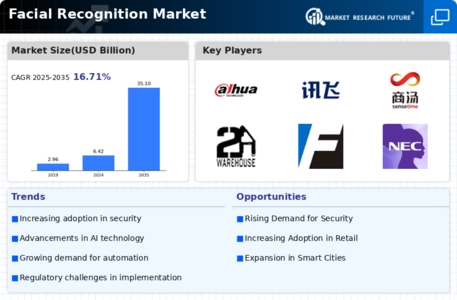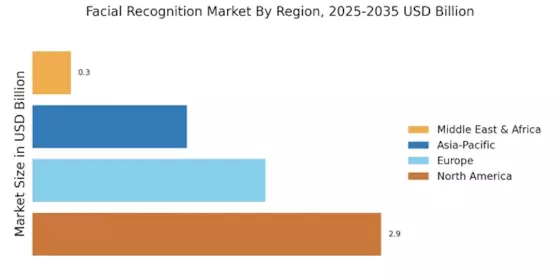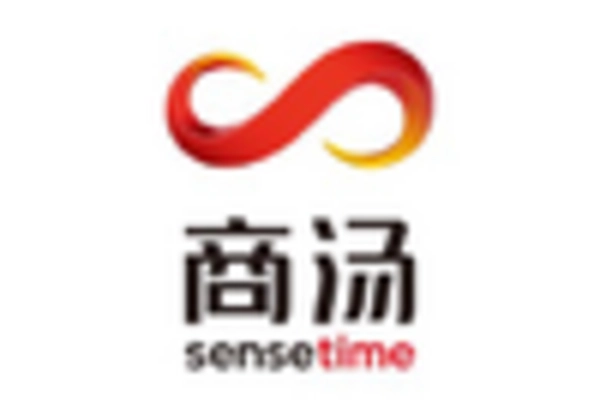Leading market players are investing heavily in research and development in order to expand their product lines, which will help the Facial Recognition Market, grow even more. Market participants are also undertaking a variety of strategic activities to expand their global footprint, with important market developments including new product launches, contractual agreements, mergers and acquisitions, higher investments, and collaboration with other organizations. To expand and survive in a more competitive and rising market climate, Facial Recognitionindustry must offer cost-effective items.
Manufacturing locally to minimize operational costs is one of the key business tactics used by manufacturers in the global Facial Recognition industry to benefit clients and increase the market sector. In recent years, the Facial Recognition industry has offered some of the most significant advantages to medicine. Major players in the Facial Recognition Market, including ), Key Lemon Ltd (Switzerland), Safran S.A (France), Face++ (China), Fareclock (US), Nuance Commuication, Inc (US), Google LLC (US), Intel Security Group (US), 3M Company (US) and others, are attempting to increase market demand by investing in research and development operations.
Microsoft Azure, sometimes known as Azure, is a cloud computing platform operated by Microsoft that provides access, management, and creation of applications and services across global data centres. It offers a variety of services, such as software as a service (SaaS), platform as a service (PaaS), and infrastructure as a service (IaaS). Microsoft Azure supports a wide range of programming languages, tools, and frameworks, as well as Microsoft and third-party software and systems. In April 2020, Microsoft Azure's facial recognition solution has been improved. The new version features a streamlined User Interface (UI) and can easily respond to consumer feedback.
It also assists devices in receiving faster and more up-to-date data, which may be transferred more quickly with better IoT Central application process.
Intel RealSense Technology is a product line of depth and tracking technologies designed to provide depth perception capabilities to machines and devices. Intel-owned technology is employed in autonomous drones, robots, AR/VR, and smart home gadgets, among many other broad market items. The RealSense package consists of Vision Processors, Depth and Tracking Modules, and Depth Cameras that are backed by an open source, cross-platform SDK that simplifies camera support for third-party software developers, system integrators, ODMs, and OEMs. In Jan 2021, Intel RealSense ID is a facial recognition system that allows users to unlock items with a glance.
The Intel RealSense ID face authentication system combines an active depth sensor with a specialized neural network to provide secure, accurate, and user-aware facial authentication.

















Leave a Comment